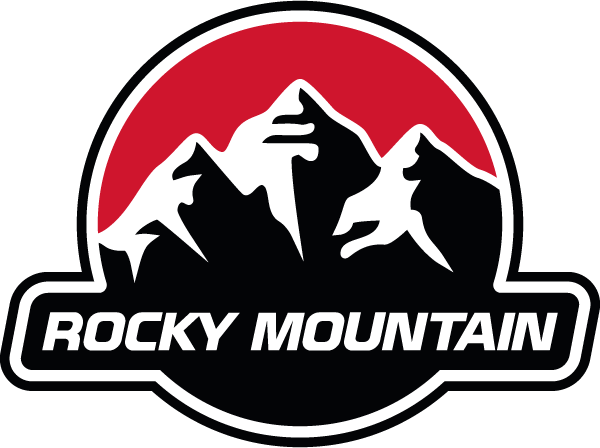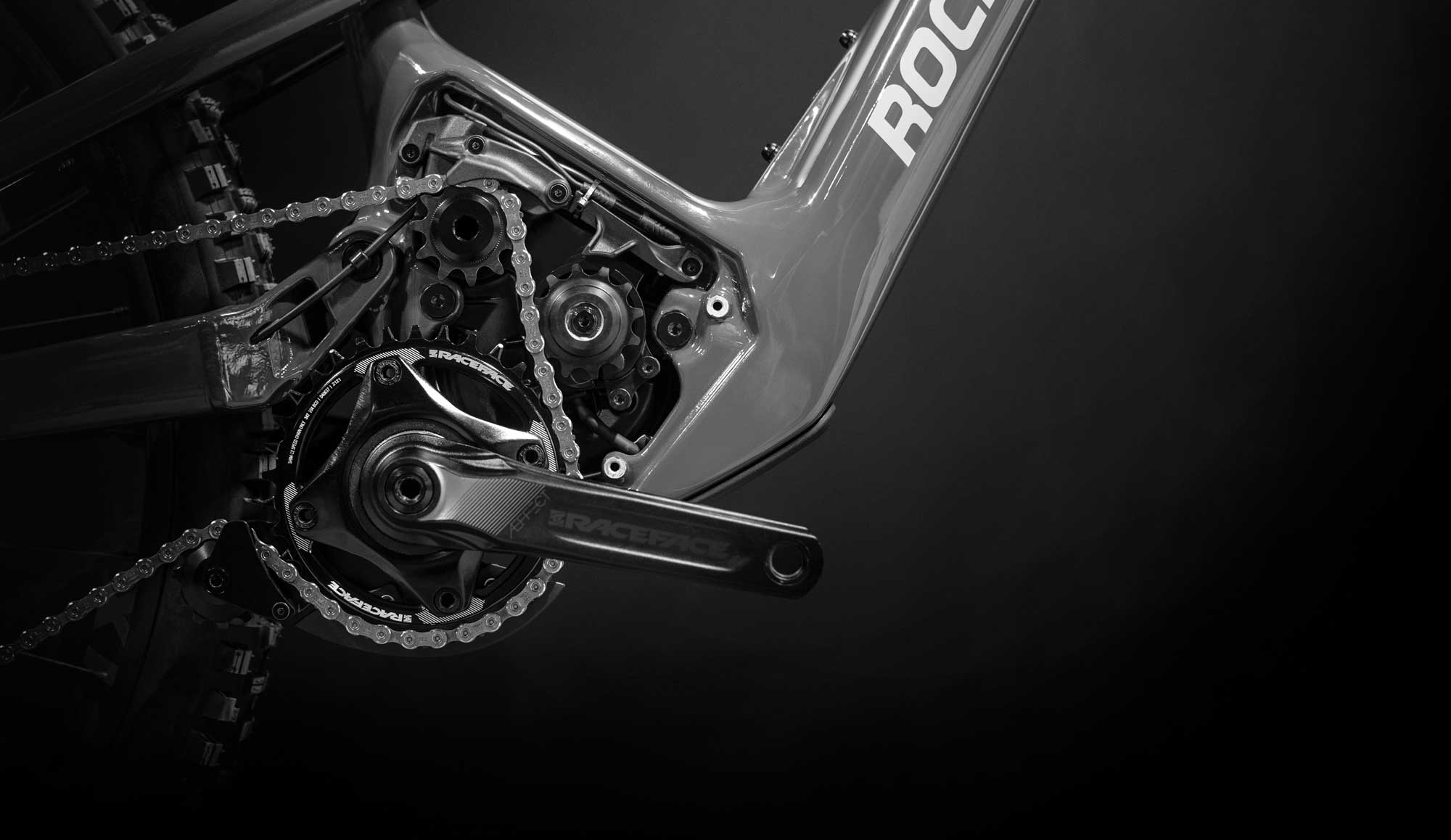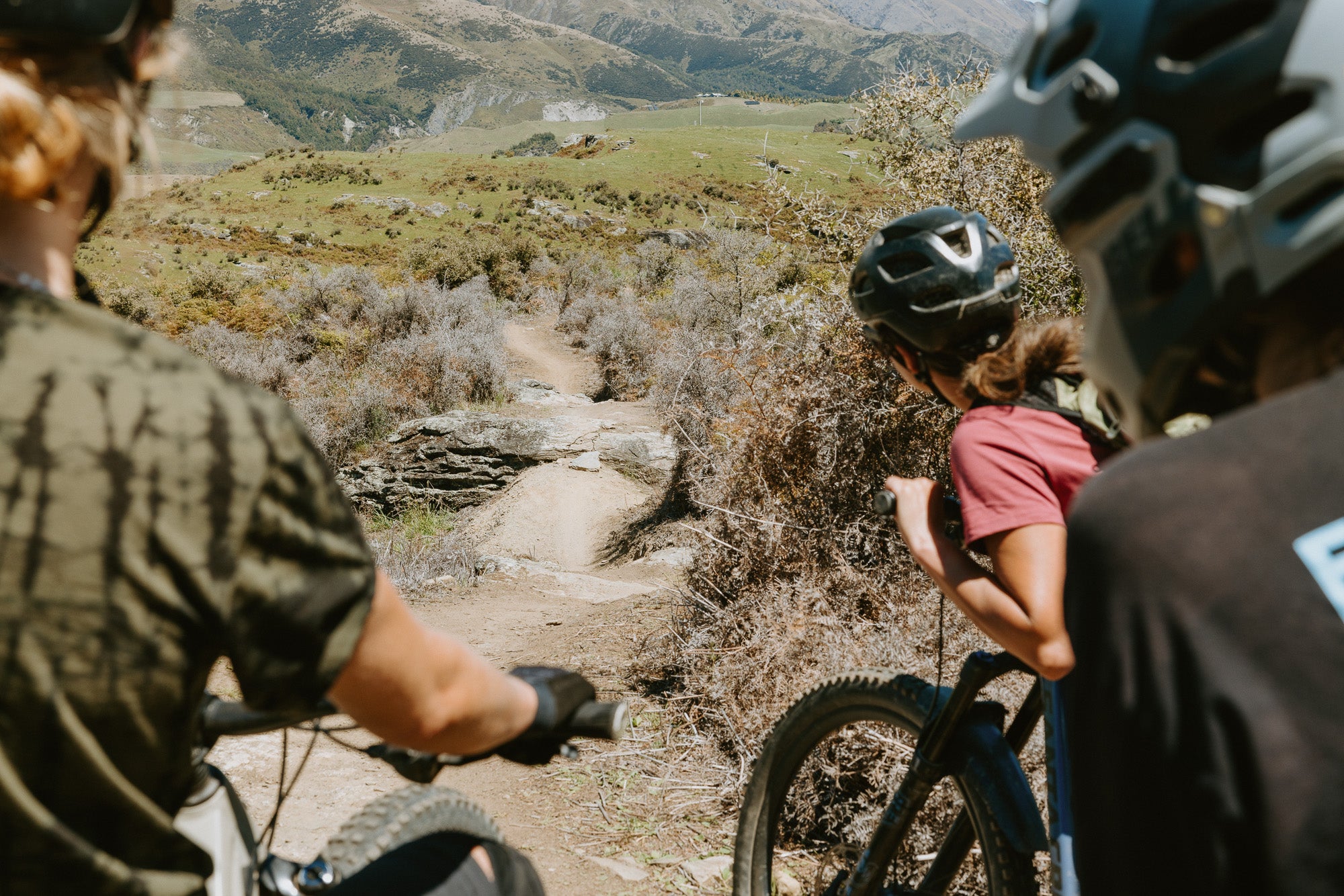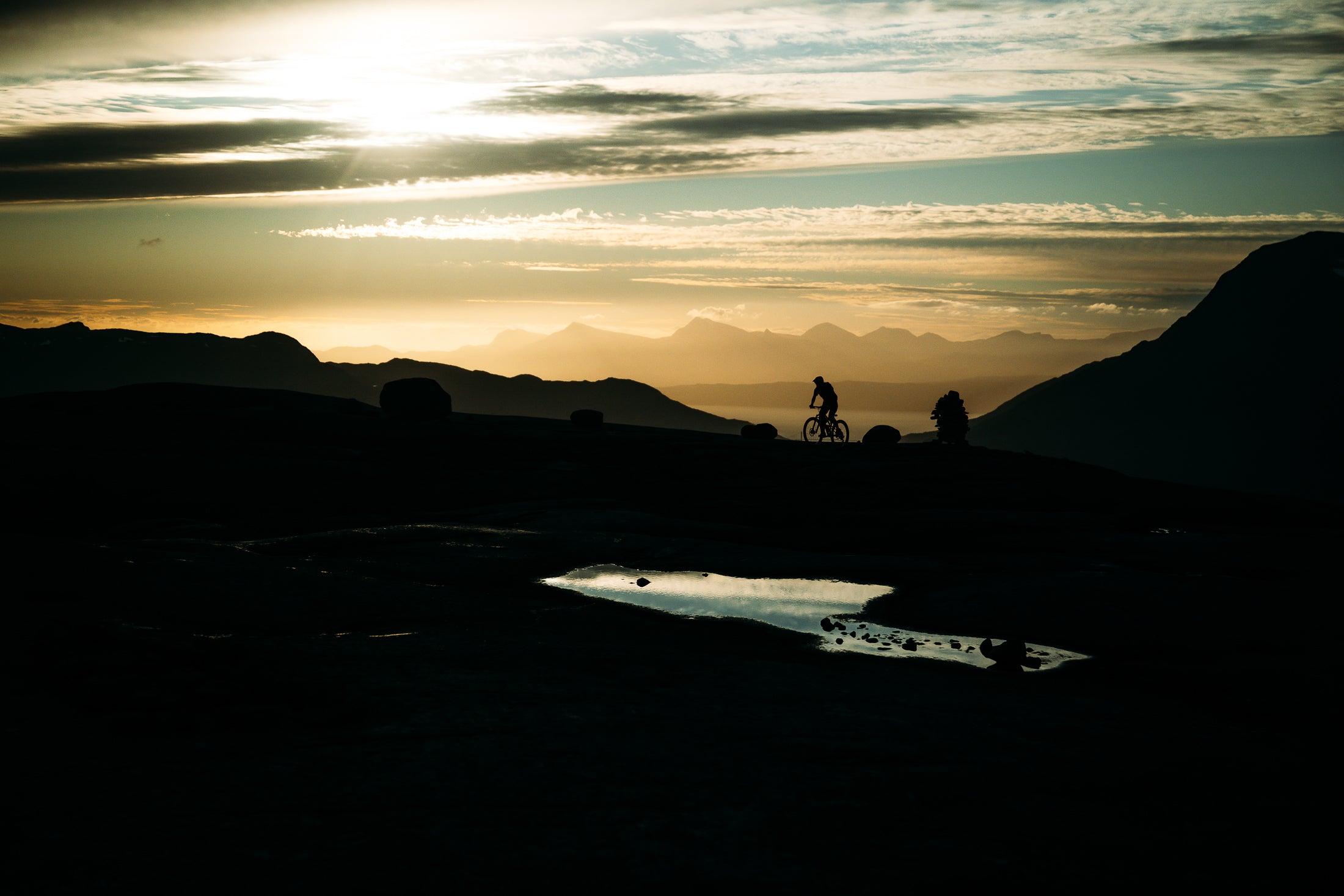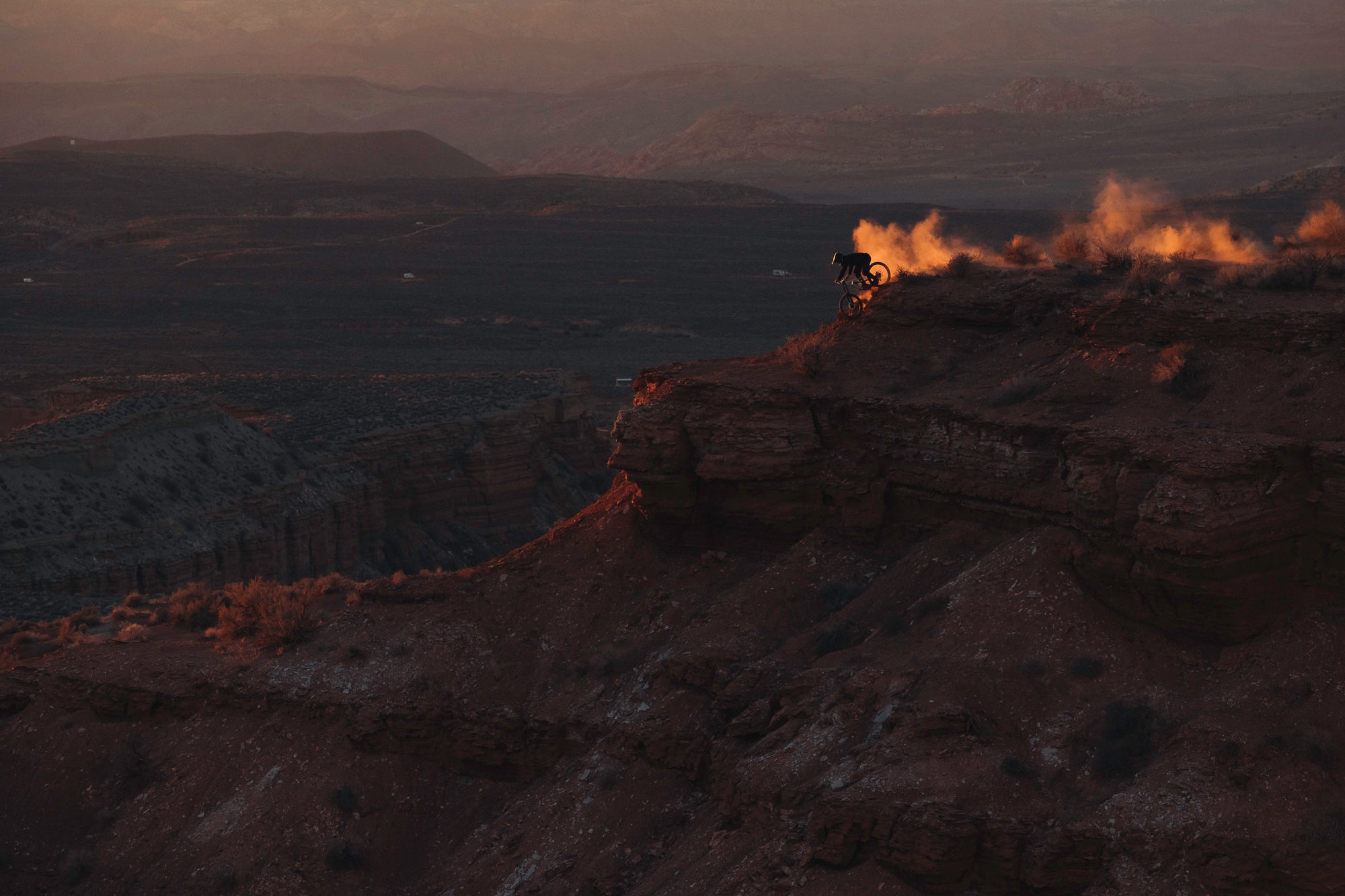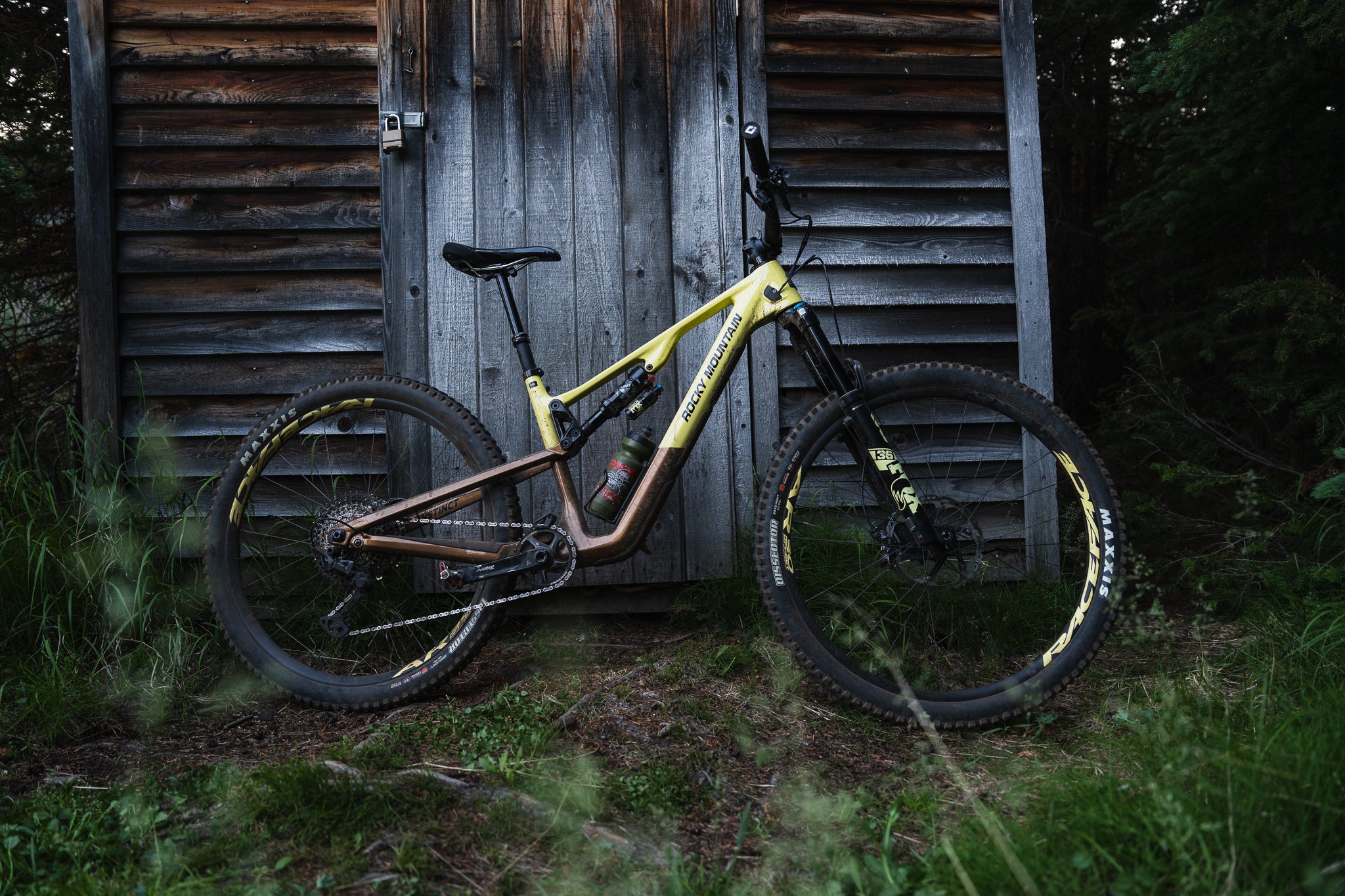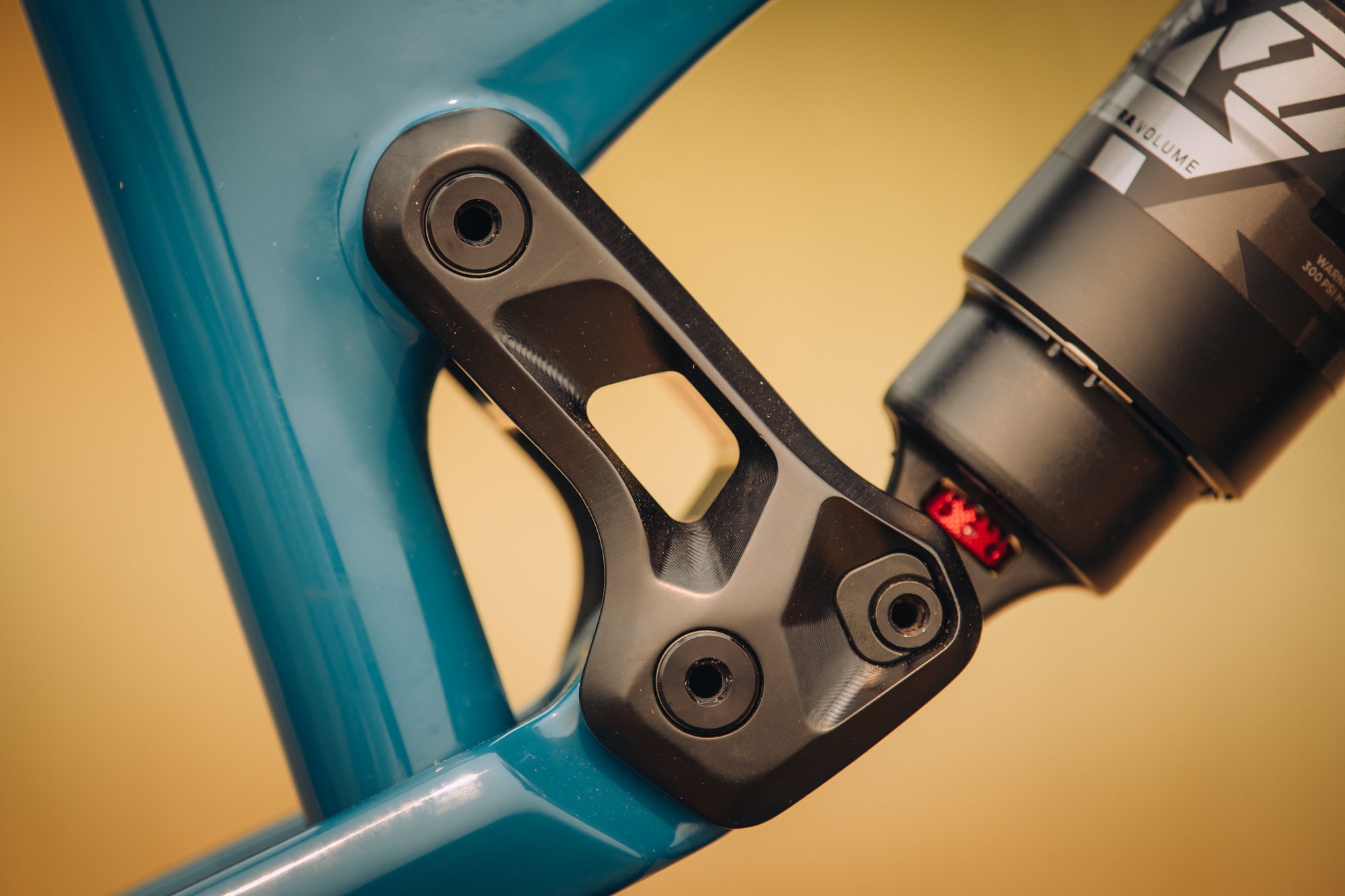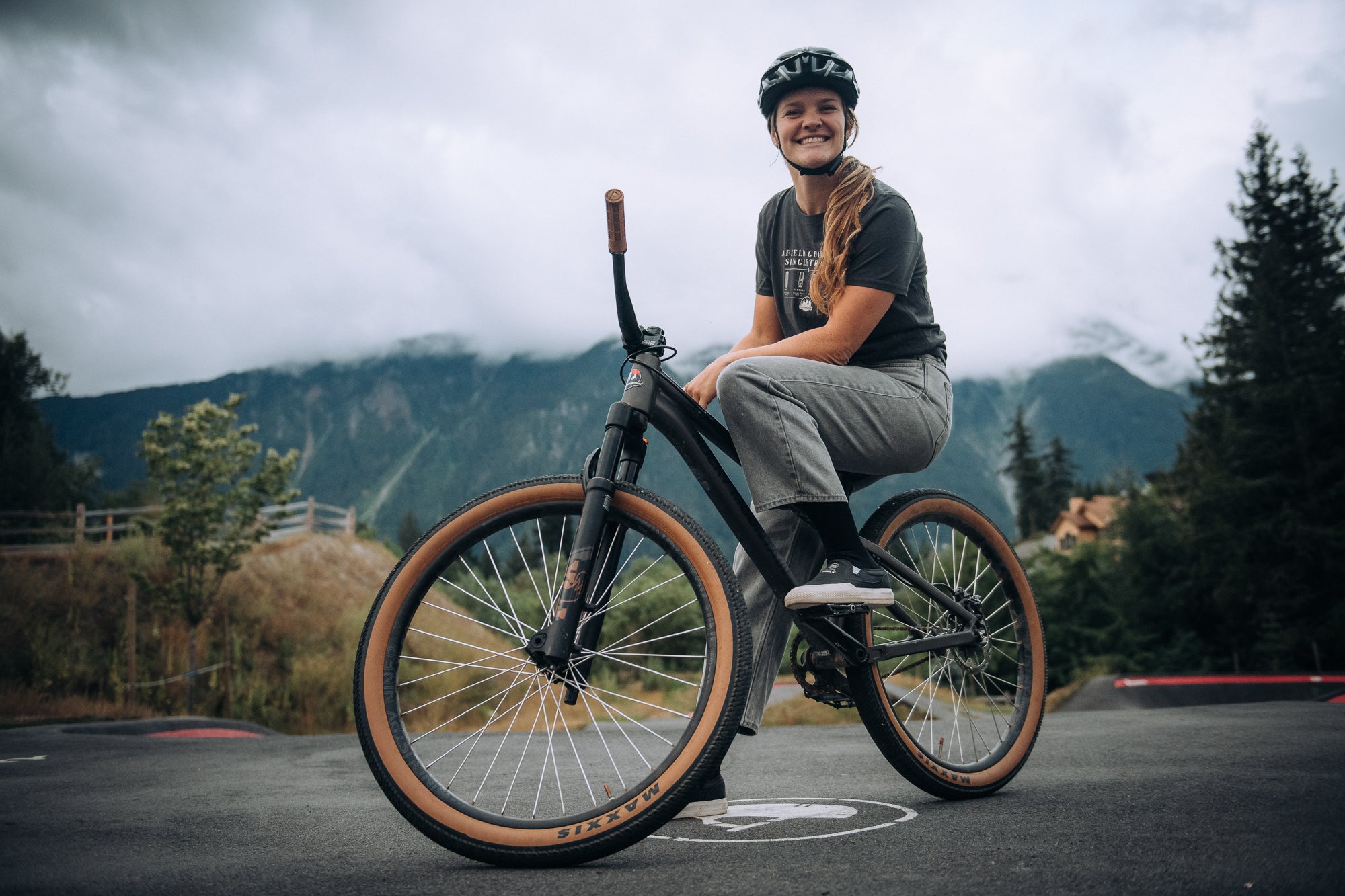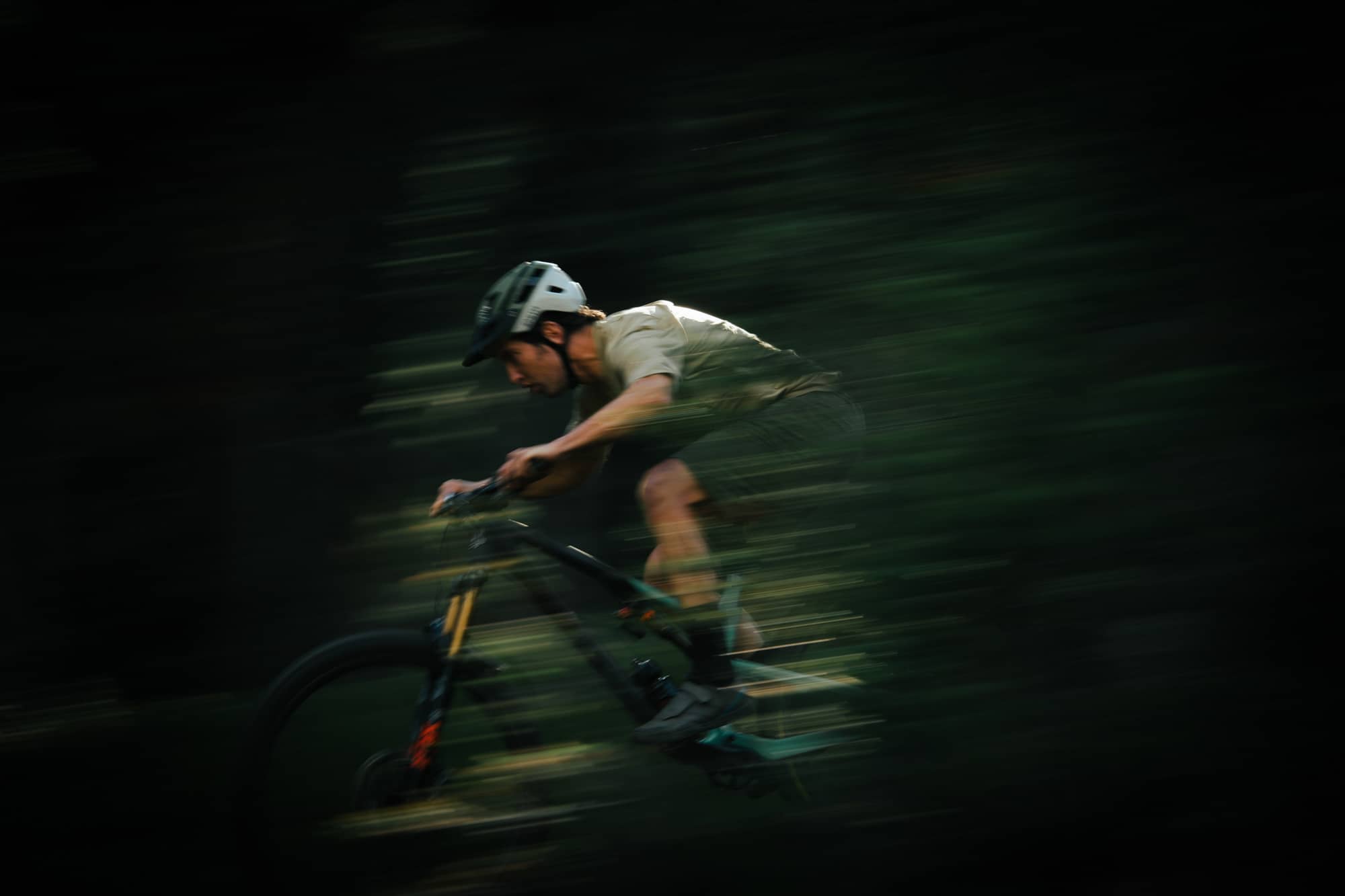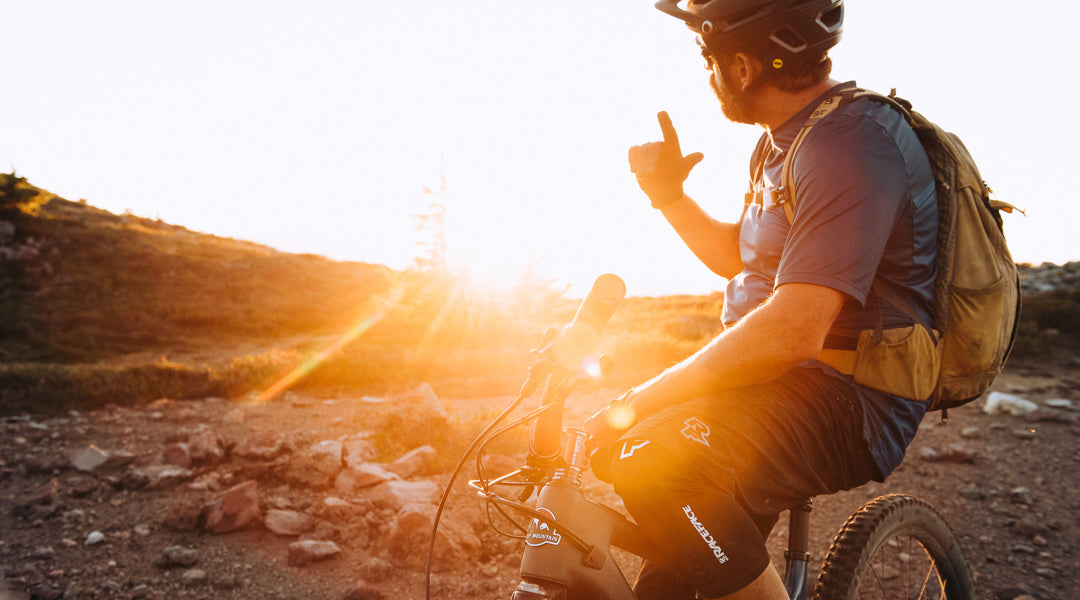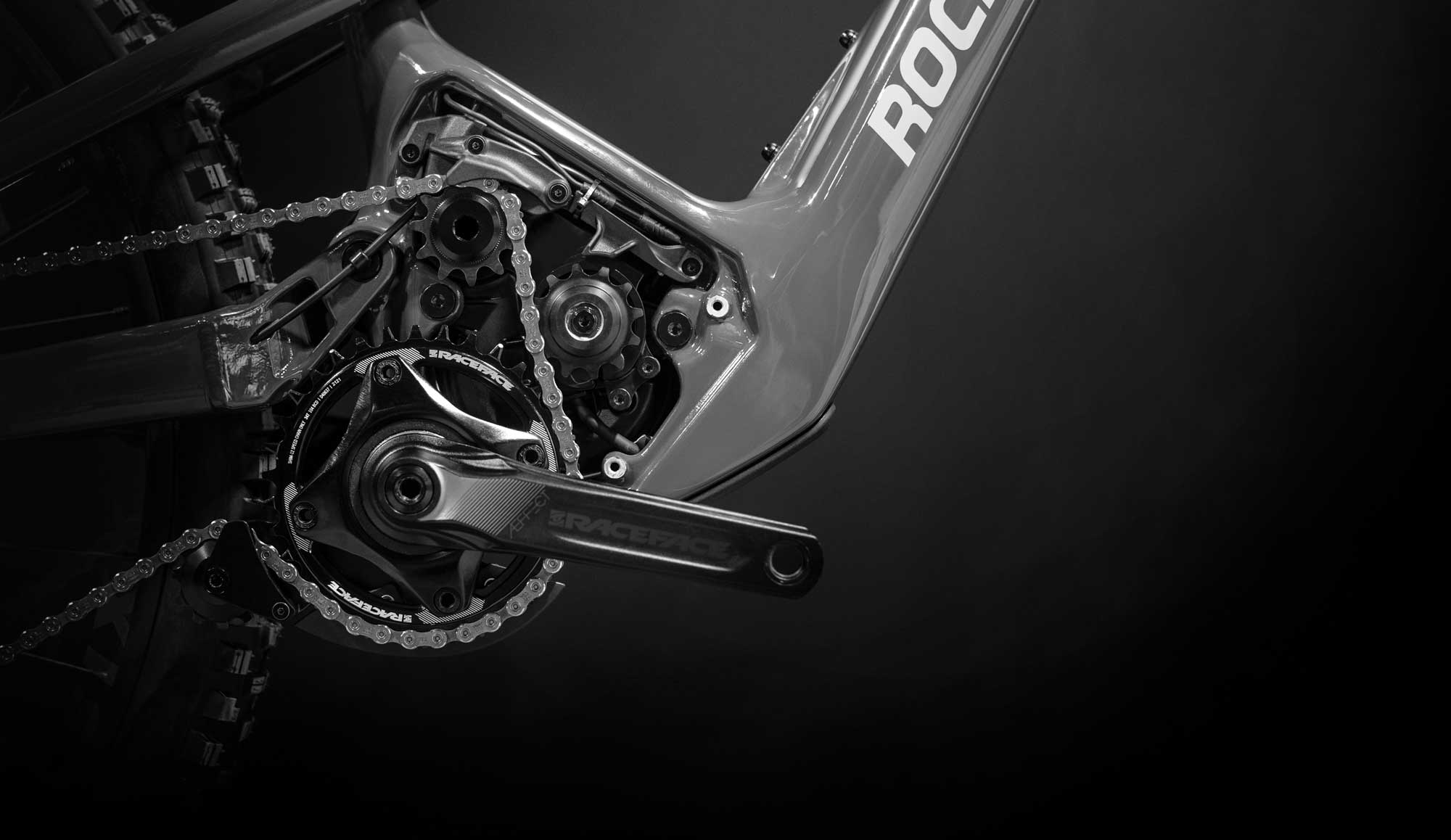Design & Technology
A really good bike doesn’t happen by accident.
It’s the result of a principled design process that combines decades of experience with a keen eye toward the future. Here’s how our design and engineering team approaches every bike (yes, even kids bikes), and how every bicycle from Rocky Mountain comes into existence.
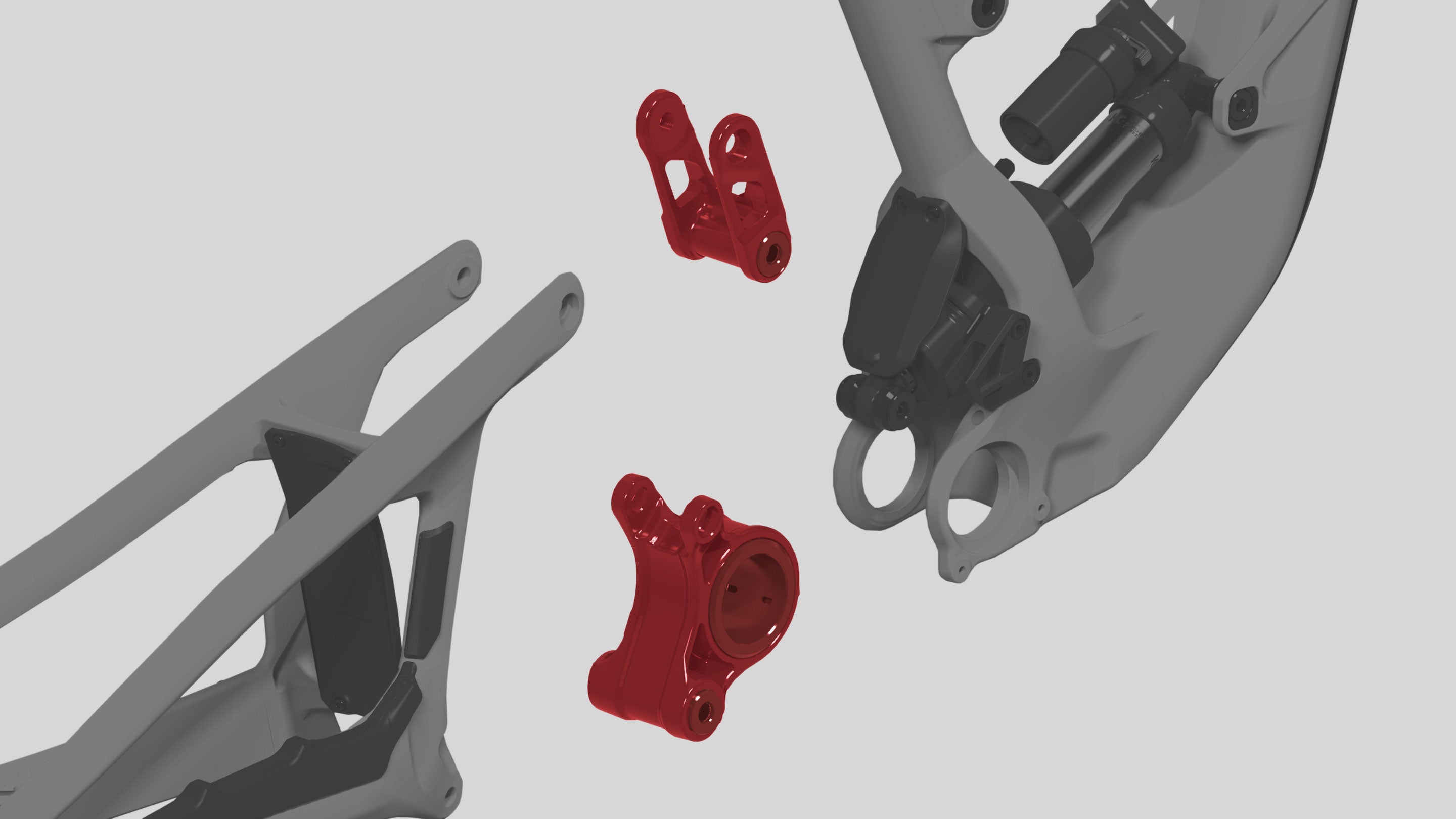
LC2R™ suspension
LC2R™ (Low Centre Counter Rotating) is our unique take on a virtual pivot suspension design, delivering a smooth and predictable ride on challenging terrain.
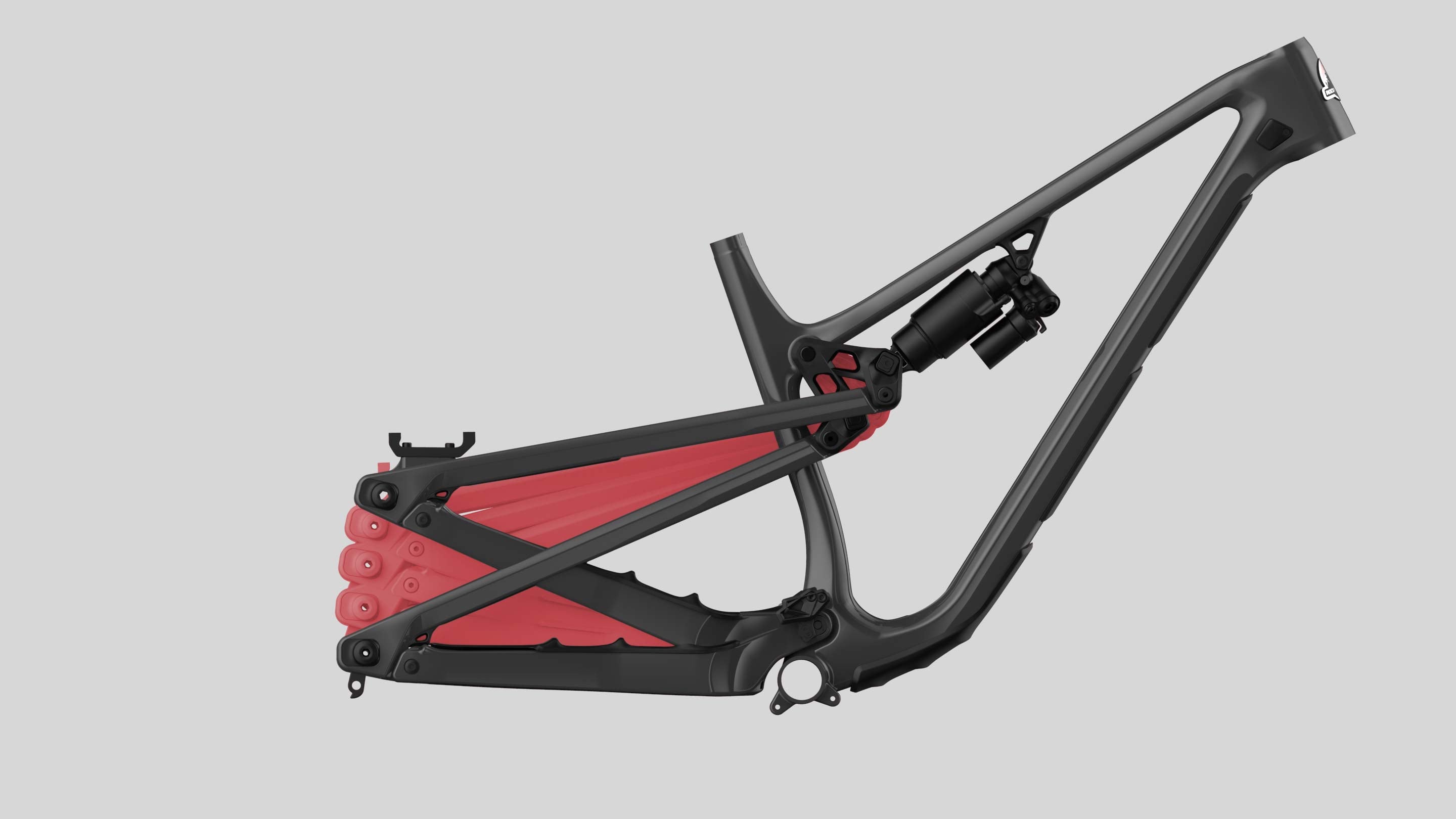
SMOOTHLINK™ suspension
Smoothlink suspension is efficient yet supple when you’re on the pedals and across a wide range of gears. It features a controlled end-stroke and a rate-curve that feels more capable than the travel would suggest.
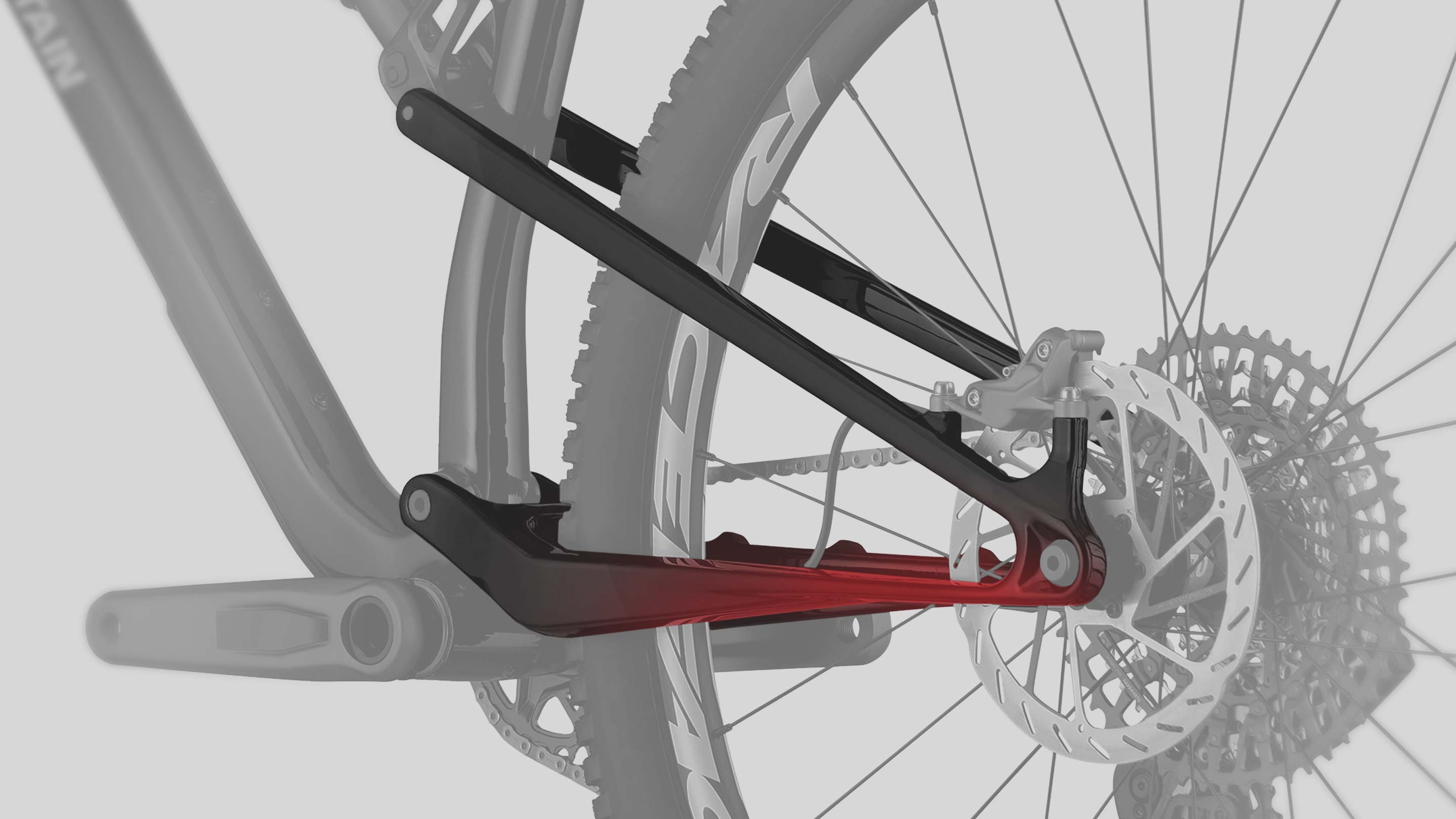
SMOOTHLINK SL™ suspension
Smoothlink SL suspension aims to provide maximum traction and comfort in all situations. Our flexstay design optimizes the flex to behave like our four-bar Smoothlink suspension designs.
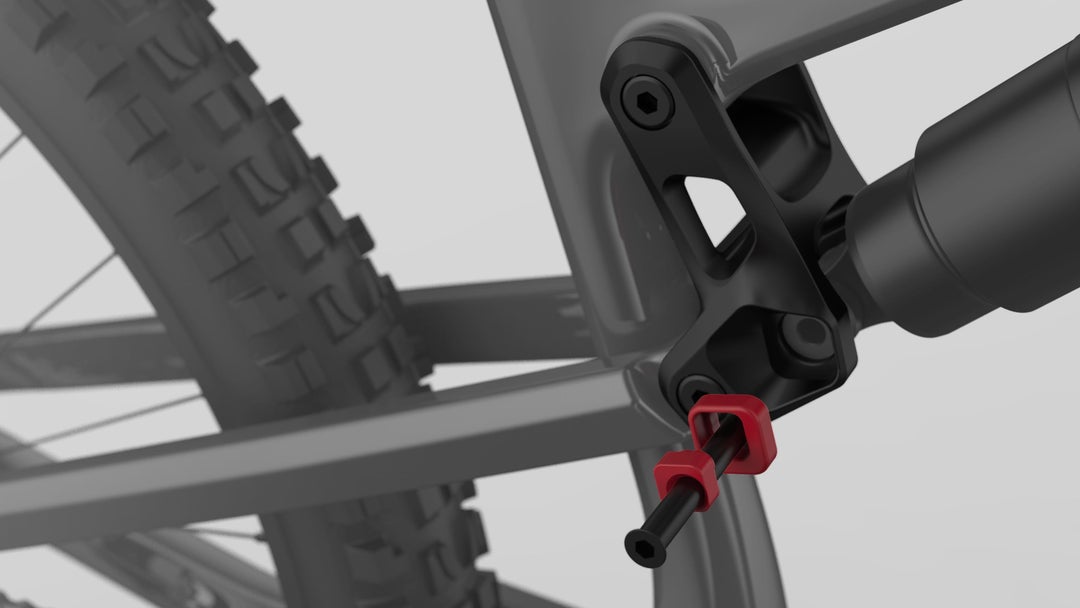
RIDE-9™ adjustment system
The RIDE-9 adjustment system allows riders to quickly fine-tune their geometry and suspension with a single Allen key. Nine configurations are possible thanks to two interlocking chips.
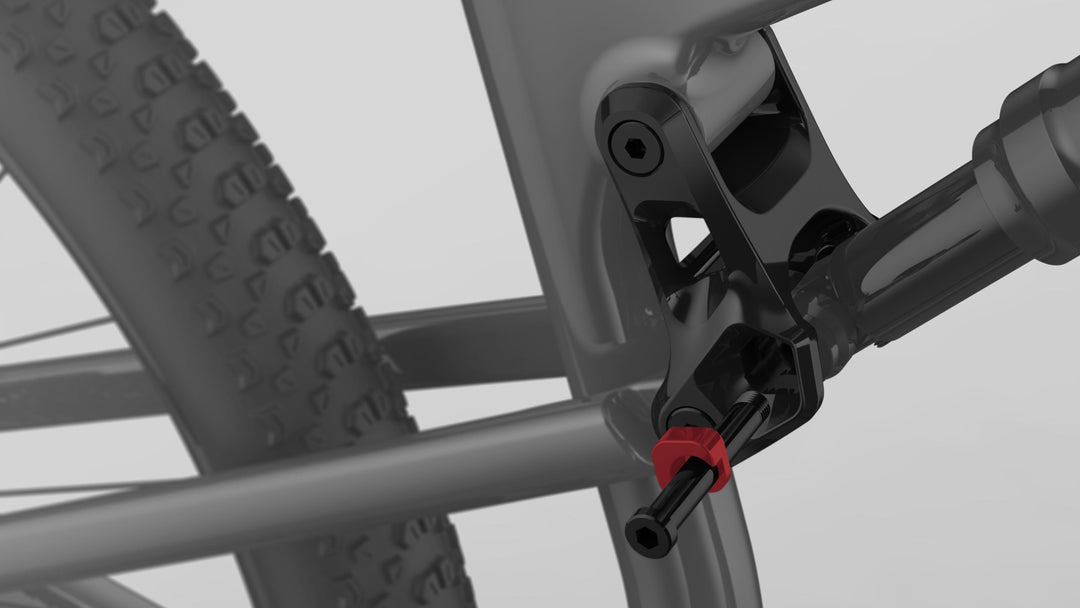
RIDE-4™ adjustment system
The RIDE-4 adjustment system allows riders to quickly fine-tune their geometry with a single Allen key. Four configurations are possible thanks to one rotating chip.
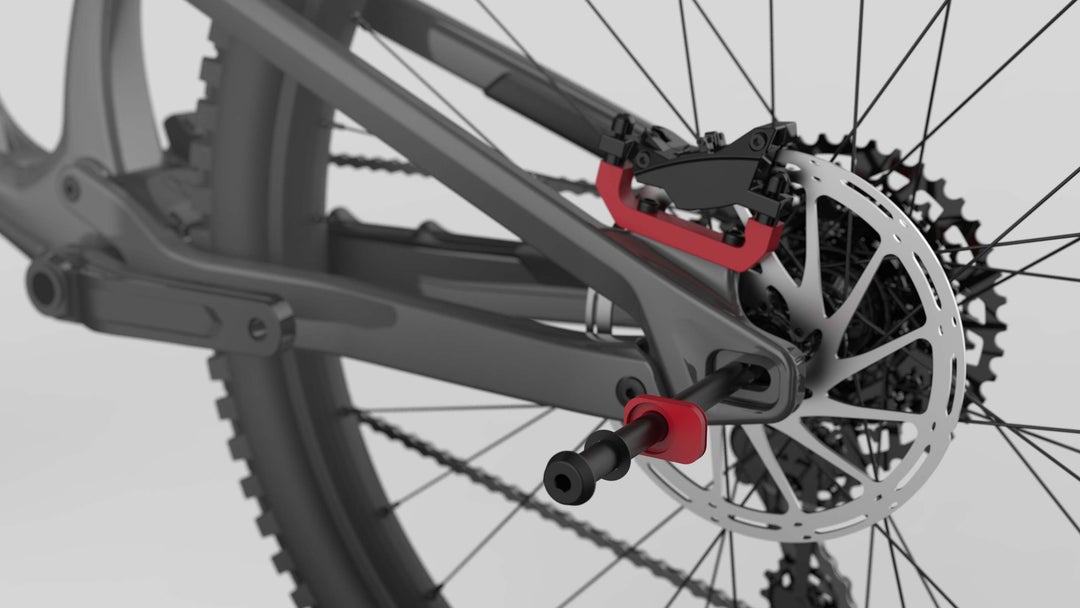
Two position axle
The Altitude, Instinct, and Slayer frames, in both alloy and carbon, are equipped with a two-position axle dropout.
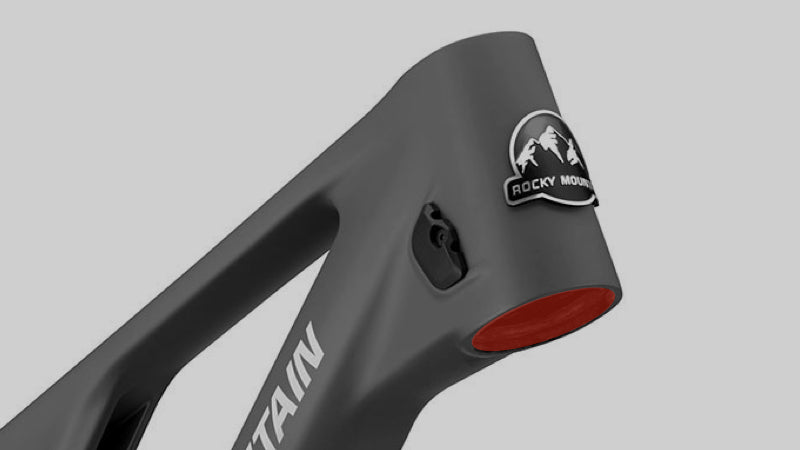
Reach adjust headsets
Latest Instinct models now come with reach adjust headsets allowing riders to fine tune their reach with center, +/- 5mm offset options.
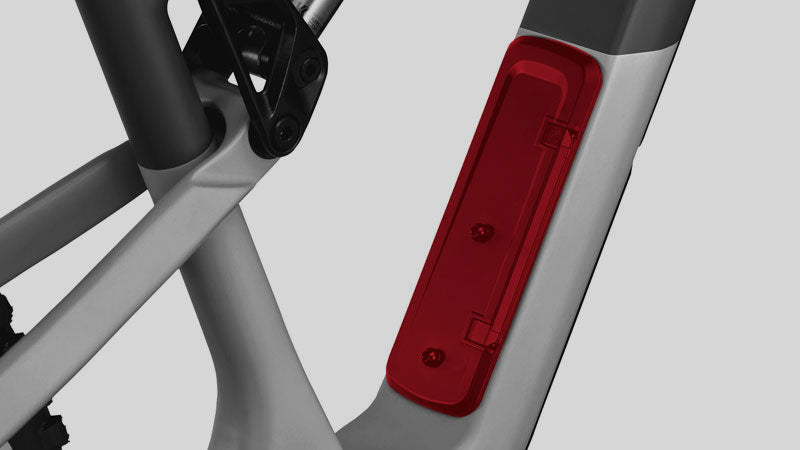
PenaltyBox™ 2.0
Latest Instinct carbon models now come with our new PenaltyBox™ 2.0 downtube storage that includes generous capacity, custom tool wrap and our rock-solid hinged door system that doubles down as a water bottle mount and built-in concealed AirTag/Tile compartment.
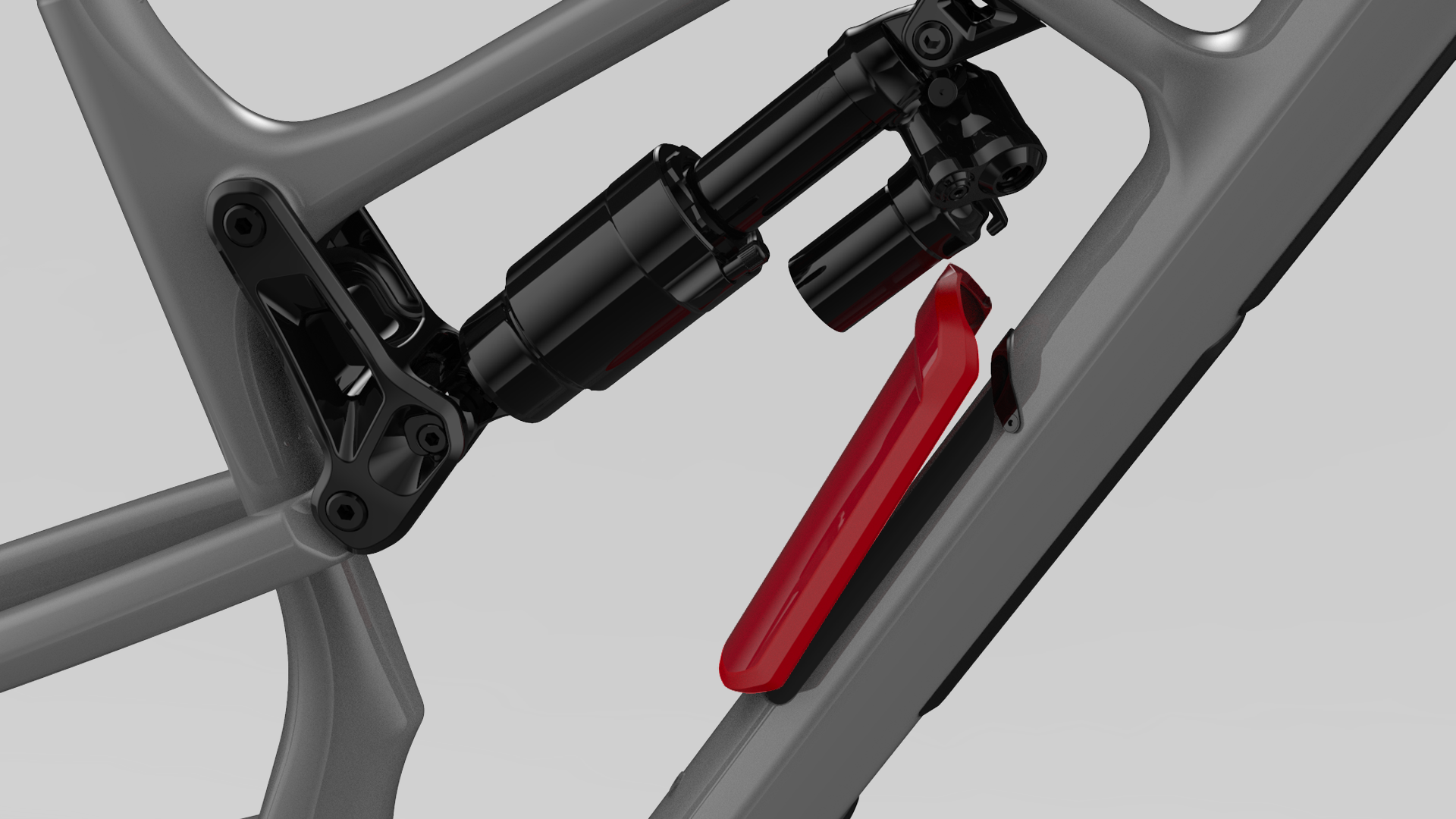
PenaltyBox™
Latest Slayer carbon models now come with our new PenaltyBox™ downtube storage, including a custom storage solution for both a tube and tools.
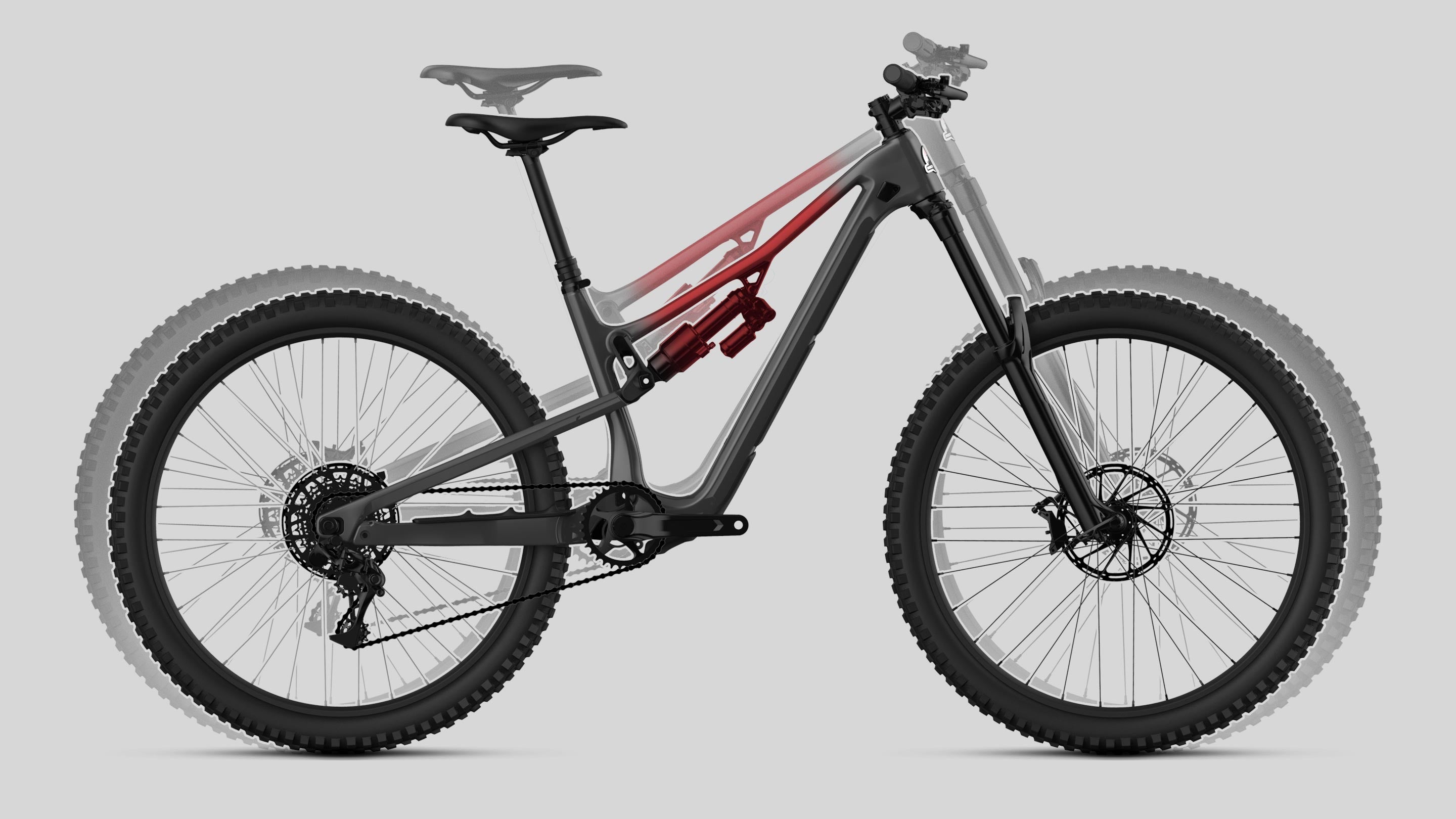
Size Specific Tune
Size Specific Tune ensures that riders of all sizes get the right balance of small-bump compliance, mid-stroke support, and end-stroke progressiveness. Our design team does custom shock tunes based on real world field testing, and adjusts each tune for specific frame sizes.
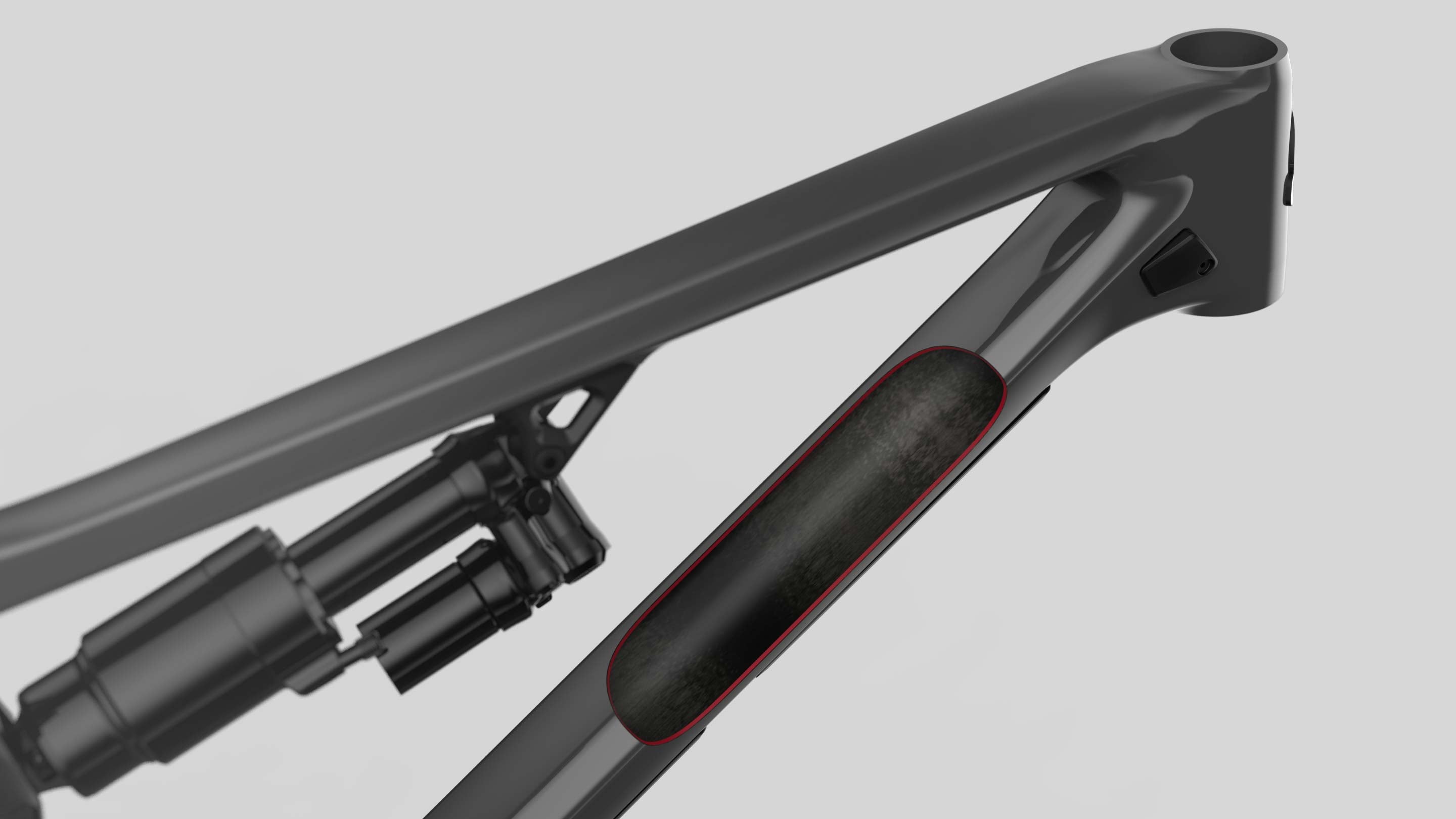
SMOOTHWALL™ Carbon
Smoothwall carbon uses one of the world’s most sophisticated carbon processes to deliver industry leading stiffness-to-weight, ride quality, and durability.
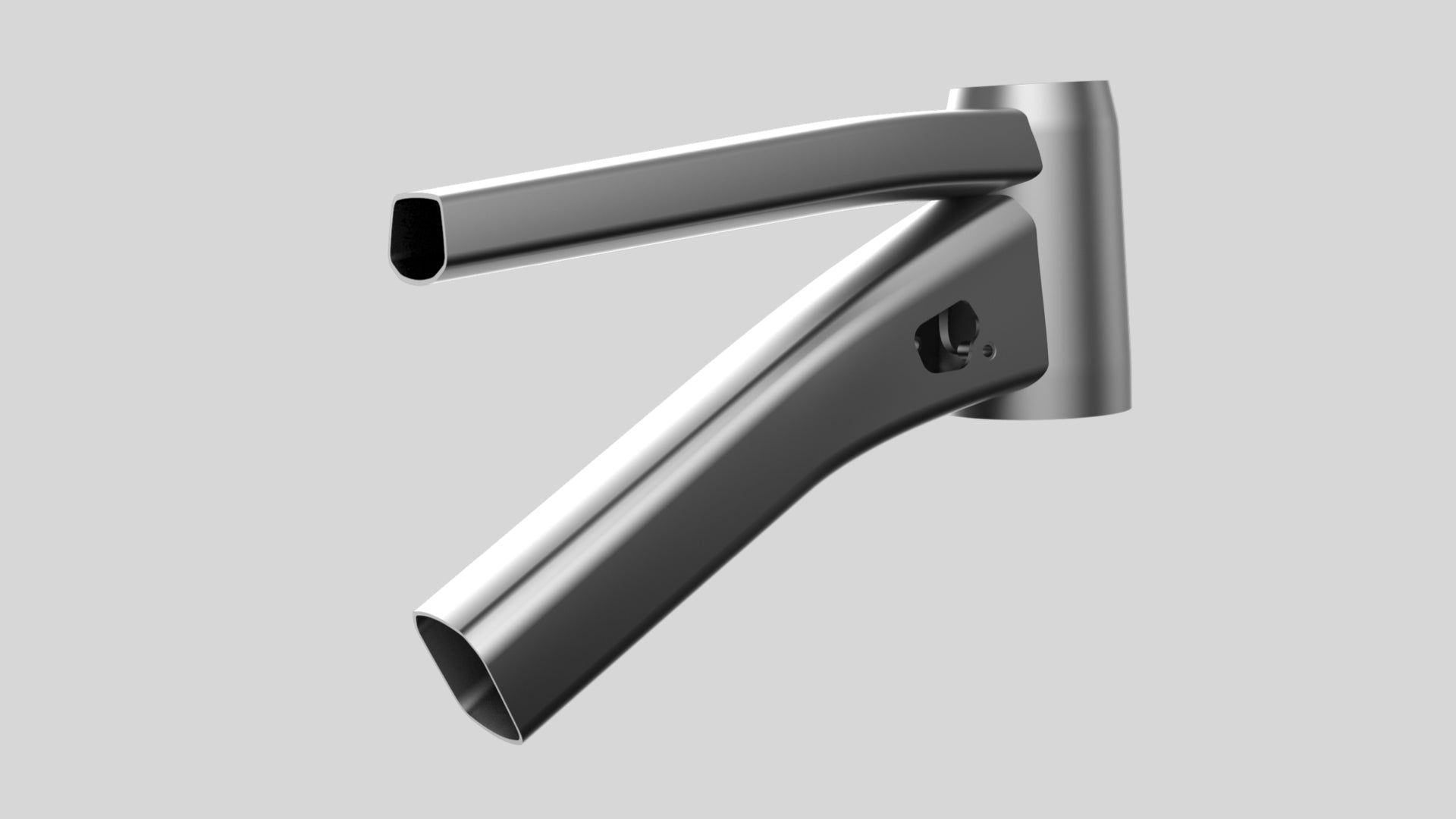
FORM™ Alloy
FORM™ tubesets utilize premium materials to meet our strict requirements. Each FORM™ tube that we create is engineered for its specific purpose within the frame, ensuring optimized strength, weight, and ride quality.
